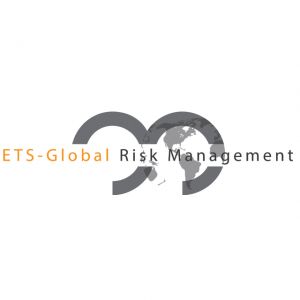Stop Looking At Security From A Compliance PerspectivePosted by ETS Risk Management on December 22nd, 2020 In light of the recent (October 2020) and ongoing public inquiry on the 2017 Manchester Arena Suicide attack, we are re-releasing a previous article titled “Behavioral Analysis in Suicide Bomber Threat Detection.” The original was written by Mark Deane and published in The Circuit Magazine in 2015. One key take away from the inquiry was the action (or lack there-of) of the security team on being informed of a suspicious individual and their actions once they had identified a potential issue. The inquiry identified what the majority of professional security leaders have always known and feared – large companies pay a low wage for minimally trained (if at all) personnel to be in static positions. Their plan is often to give the air of security, but staff often cannot react appropriately, effectively, and timely. This significant problem is further compounded by many venue and event organizers seeing security from a compliance perspective only. Secure Transportation Colombia Certain security companies focus on filling positions, market share, and profit maximization to the detriment of safety. The original article “Behavioral Analysis in Suicide Bomber Threat Detection” focused on detecting indicators that would improve the chances of identifying a threat early. This new version has an extended section that now discusses how to prepare for the next steps if a possible threat is identified. High levels of stress or fear are sudden, intense and normally of short duration Look At This Site. The effects of this can be positive and negative, producing an immediate physical reaction and performance-enhancing benefit but also a negative reaction with typical problems including tunnel vision, failure to prioritize, freezing and loss of concentration. In high stress/high anxiety situations the biochemical changes that occur can have a significant negative impact on an individual’s ability to assess their environment and make effective decisions. Travel Risk Management Experiments have shown that when stress and anxiety are increased there is a marked decrease in both the speed and accuracy in problem-solving tasks. Like it? Share it!More by this author |


